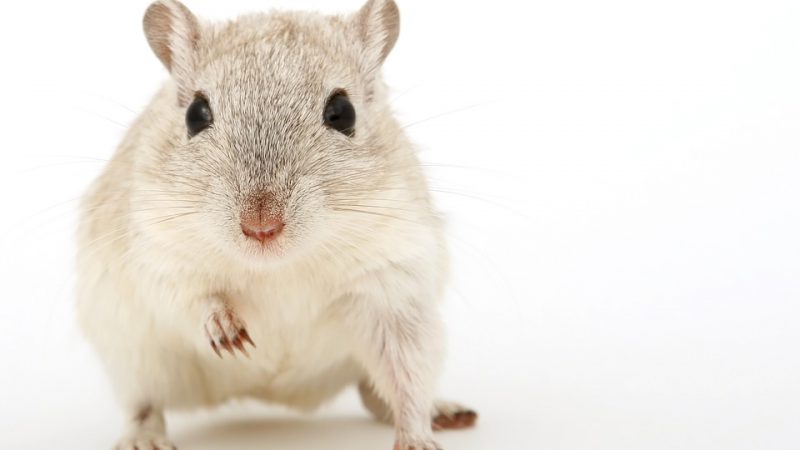CHO cells are an important workhorse for the biotechnological production of pharmaceuticals. Inspite of its long tradition in biotechnological application there is still room to improve the stability of cell lines, which is a research topic at acib.
The choice of the right production host for the biological synthesis of chemical compounds or proteins is a crucial factor for a requested output. Chinese hamster ovary cells (CHO) have been developed to be a popular tool, especially, for the efficient production of biotherapeutics, antibodies and also active pharmaceutical ingridients (API). However, correct integration of the target gene is mandatory for the successful production, which is often a challenge. Our acib scientists were facing this challenge – with success.
Chinese hamster ovary cells (CHO) are an important tool for the production of a lot of biochemical compounds since many years. These cell lines have been isolated once (1957) from the hamster ovary and were subsequently continuously cultivated and spread in flasks (which means – for all animal-rights activists – that most of the labs that work with CHO cells have never hosted and seen a real hamster!). The advantage of using CHO cell lines is the similarity to the human cell system, meaning that therapeutics produced in CHO cells are very similar to those produced in human cells, and thus accepted by the human system.
The crucial thing when dealing with this kind of cell lines is the stability thereof: when you want to integrate a gene of interest that further ends up in the protein you want to produce, you have to ensure that the integrated gene stays active at the locus, where it has been intended to be. This is not natural, since cells have the tendency to get rid of or silence down any ballast as soon as they can.
The art of being in the right place at right time …
This is a research topic of acib’s scientists at BOKU Vienna. In their labs (where a real and complete hamster has never been seen as well) they established a method called “Recombinase mediated cassette exchange – RMCE”, which ensures the correct integration of the gene of interest into a pre-defined target. Additionally, they want to identify the perfect loci for integration by using a special reporter gene (CD4) that can be easily detected by FACS – fluorescence activated cell sorting. FACS not only measures fluorescence signals of cells but also sorts the cells according to their signal intensity. This enables scientists to filter high performing cells from low performers – the good ones go into the pot, the bad ones go into your crop.
Once, the good ones (in terms of CD4 producers) are in the pot, the perfect integration sites for high performing cells are selected, and the time has come to integrate the gene of interest exactly there by applying RMCE. RMCE causes an exchange of the reporter CD4 against the gene of interest and the result is a cell line that is a good producer of your target protein.
Thus, choose your target and let the hamster be your co-worker.
